Within a decade, Patrick Wolf experienced loss, near-death, addiction, found himself, questioned the future of his country, and documented it all within his seventh album, Crying the Neck. Named after the ancient harvest tradition in the Cornwall and Devon regions of England, when the last sheaf of corn (the neck) is cut from the field, Crying the Neck is Wolf’s first full-length album of new material in 13 years, since Sundark and Riverlight (2012) and his 2023 EP, The Night Safari.
Lined in some old English folklore, Crying the Neck navigates the death of his mother in 2018, after being diagnosed with cancer three years earlier, a hit and run accident that nearly killed him in Italy, and all the rehabilitation and harvesting that toward some healing and renewal.
Written, recorded, and produced with Brendan Cox in the seaside town of Ramsgate, where Wolf resides on the east coast of Kent in Southeast England, Crying the Neck was a decade in the making and a collection of songs Wolf calls a “series of responses to loss, decay, and death.”
Crying the Neck moves through the phases of Wolf’s journey, chronicled through the concept of growth and decay, and ultimately harvest, from the opening “Reculver” and “Limbo,” a “response to decay within a relationship,” featuring Zola Jesus. On the ghostly ballad, “The Last of England,” named after the 1987 Derek Jarman film of the same name, Wolf questions the future and potential “decay” of his country. Calling it his “own personal anthem” explores loss and grief around the national identity of England following the referendum vote in 2016, Brexit, which withdrew the United Kingdom from the EU.
“I saw how in many quarters of the country, groundswells of folk revivalism started springing up in the art and culture people were making,” says Wolf. “In others, there was a descent into a desolate and patriotic ghost of the empire, England. I wanted to write a ballad for this new chapter of the country, in compassion on the now again so small, disoriented island of Britain, wondering who and what it is anymore. It was originally a banger of a song and meant to be a dance track, but at the last minute, I stripped all the rhythm off the production to make this rightfully bleak folkloric anthem or hymn for England.”
Unsure of whether his lyrics fit the storyline, Wolf contacted actress Tilda Swinton, who starred in the original film, for her approval. “She gave her encouragement and blessing for me to finish the rest of the song as you hear it today,” he says.
Videos by American Songwriter

Crying the Neck crosses Wolf’s journey from feeling lost in space with “Jupiter,” and land, “Oozlum”—I broke down / On the road to the isle of grain / Slept in the ochre field all day / Waiting for rescue / But nobody came through the loss of his mother, “Dies Irae,” meaning “Day of Wrath” and a Latin hymn for the dead. Harvest time resurfaces on “Lughnasa,” named after the beginning of the Gaelic festival marking the start of the harvest season, featuring Serafina Steer.
Another hymnal comes on the poetic chamber pop “Hymn Of The Haar,” exploring the history around the White Cliff of Dover near Kent, whilst paying homage to Vera Lynn’s WWII wartime anthem and Alice Duer Miller’s 1940 novel The White Cliffs, which inspired the 1944 film The White Cliffs of Dover.
British poet, novelist, gardener, and friend and love of Virginia Woolf, Vita Sackville-West, also makes her way into Crying the Neck with a recorded reading of “faith, doubt, perplexity, grief, hope, despair” from her 1927 pastoral poem The Land.
Crying the Neck finishes on “Foreland” and peers into the North Sea. “I wanted a song of experience at the end, a preparation for a shift into a more urgent mortality,” said Wolf. “I do feel like I have a certain amount of time left to do the work that I want to do, and a certain amount of time left to not do the work as well, and to live.”
Wolf recently chatted with American Songwriter about the decade-long journey to Crying the Neck and how it’s just the beginning of his four-album project.
[RELATED: Patrick Wolf Penetrates New World with ‘The Night Safari’]
American Songwriter: Crying the Neck was already in the works for a decade. Was there one song that gave this album momentum?
Patrick Wolf: “Jupiter” was the cornerstone of the album. When I was making forays and knocking quietly on doors in the music industry and saying, “Hi, I think I’m ready to work again,” I had a collection of songs I’d finished in my studio. And it felt very clear that the two favorites were “The Night Safari” and “Jupiter.” There was something lyrically about “Jupiter.” It was almost like it could be the opening scene of a film that had nothing to do with the nocturnal element of The Night Safari, and I just imagined this in my head.
“Jupiter” was a town. I was watching Children of the Corn, and I realized that I was wearing the T-shirt, but I hadn’t seen the film in 20 years. That town in Children of the Corn is what I imagined “Jupiter” to look like. It’s this town where people have stopped; maybe they’ve heard a curse about the town. That lyric in there—The circus used to stop by in the banner years—the town used to have an industry that’s lost. The mines shut down, and the steel plant, and the place was in decline. It wasn’t until I moved out of London to Kent that I found that decline around me, and the beauty of the rust and the nature that grows out of the cracks. “Jupiter” is like this pin on the map, and I had to build the world around it.
AS: Is “The Last of England” a more optimistic or pessimistic look at England?
PW: I think it’s neither. It’s an optimism by surrendering to the pessimism. There’s an optimism within this country. It’s trying to find a space in the middle of the divide. I had some friends who voted for Brexit, and it turned out they were bored and they wanted to shake things up. So you have a lot of people who are part of this counter-culture, and elders and anarchists who thought that Brexit was their anarchy. … It was finding somewhere in the middle of the divide. And, like a lot of the album, and on “Hymn of the Haar,” I found in both Alan Watts and Joseph Campbell, there seems to be this alignment with the space in the middle between the polarities of life. The quote by Campbell, where the electricity is between the two polarities. I think that’s really what I found with this album, was not to join one side or the other, to go left wing or right wing or pro or against something, but to sit in the middle and observe, and not even in a politically centrist way, but in a human, observational way, and find the narrative.
AS: There’s a darker soundscape throughout the album, and everything does tie into harvesting. Sonically, what did you want to evoke?
PW: There was a conscious choice to make everything very verdant. Before harvest, there’s a sense of yellowing of the crop. In my garden, I find July to be one of the most depressing months, because June has been full of flowers, and in July, everything is still green, but it’s dying in front of you, and there’s still a beauty to it. In terms of the string octet I score, there’s a slightly rugged beauty to everything, including the synthesizers that I chose, one of them, a 1982 organ called the Eclipse, made by Bontempi. I ended up buying two because the first one was out of tune, so I put them together, and it captured a sense of decay—a magic decay. I was putting together a soundscape that was not perfect by any means, but there was a slight decaying fluorescence to everything. Everything was sparkling, but also slightly rusted at the same time.
AS: Can you walk through the storyline of Crying the Neck?
PW: The first four songs are almost statements of time and place, and circumstance. “Reculver” is my statement of where I’ve been, where I’m going, and where I am—geographically and mentally. “Limbo” is a statement of what happened in a relationship. And it’s an update on Lupercalia (2011 album) and the lovers of that album. “Last of England” is a statement on the country, and “Jupiter” is a statement of the soul and recovery. At the end of “Jupiter,” it fades, the string section comes in, and this is where it’s daybreak, and we enter a section of the album that’s dedicated to my mother.
“On Your Side” is a song about this boy, this creature looking out over his rusted town. I used to take the bus to the Royal Marsden Hospital for my mother’s chemotherapy, so it was a song that I just kept on thinking of every time. It was a bit of motivation to be brave and to be present for her. That was a song that I kept quite secret for a few years, but when I put it on the album, it opened this whole section.

“Oozlum” is about a great friend, a songwriter from Australia who took his own life last year, and towards the end of making the album. I had scrapped “Oozlum” and turned it into a song about Kent being built over and being turned into a load of new builds and nature. Lyrically, it was terrible, but when Jack [Colwell] died, I decided to bring back the idea of the mythical Australian bird and dedicate that song to him.
With “Dias Irae,” ‘The Curfew Bell,” “Lughnasa,” and “Song of the Scythe,” these are all a death suite. “The Curfew Bell” is a metaphor for a bell that still rings at eight o’clock every night in a village near where I live. It’s an ancient bell telling people of the village to put their fires out. This became a great metaphor for me, that the fires are out, life is over. Life doesn’t come back to the album until “For Better or Worse,” a song about resurrection and the joy of being alive. So that whole section leads up to the moment of the death of my mother.
AS: As you’ve had more time with these songs, have any tracks shifted in meaning or feeling as they fleshed out more over time, in the studio?
PW: About a month after mastering the album, I realized I had to start explaining what this thing was that I had just made. And I didn’t realize the pattern; there was a sorting system because of this four-album project that I’m doing. It’s exploring the whole year in song and using the Celtic Wheel of the Year as the symbolism of those moments and decay [of relationships, country, and a loved one]. This album is a response to decline, decay, and loss, and what happens after.. There’s a lot of questioning on the album about what happens from this loss and from this decay.
That is the heart of the harvest. The crops are cut down. But what comes out of the harvest? What happens with the crop that’s cut down, in life as well?
AS: Along with this concept of growth and decay and harvest, your mother was a tremendous part of the songs on this album.
PW: I only have one mother, and there’s only one album. There’s only one chance to write about her death. I’m not going to go over the subject matter again, so I guess there’s an awful amount of closure. I strangely think a lot of the healing actually comes from handing over the work [to listeners]. Like all human experiences, we’re not alone, and that’s the most holistic message we can get from something. It’s to write something specific like “Dias Irae,” and talk about an imagined day that isn’t as violent as seeing a dead body or to watch somebody decline in ill health, but to have a magical last hour where you’re looking at the horseshoe bats and it’s all peaceful, and the sun is setting, and you get to recreate the departure of somebody within your own poetic way.
While on tour in Gateshead, in the Northeast of England, someone came up to me afterwards and said that he had lost his mother three months before, and that part [song] really helped him. That’s where the real feeling of closure comes in. For me, it’s that handing it over and knowing that what you’ve written and your experiences may be useful to somebody else as well.
Photos: Furmaan Ahmed

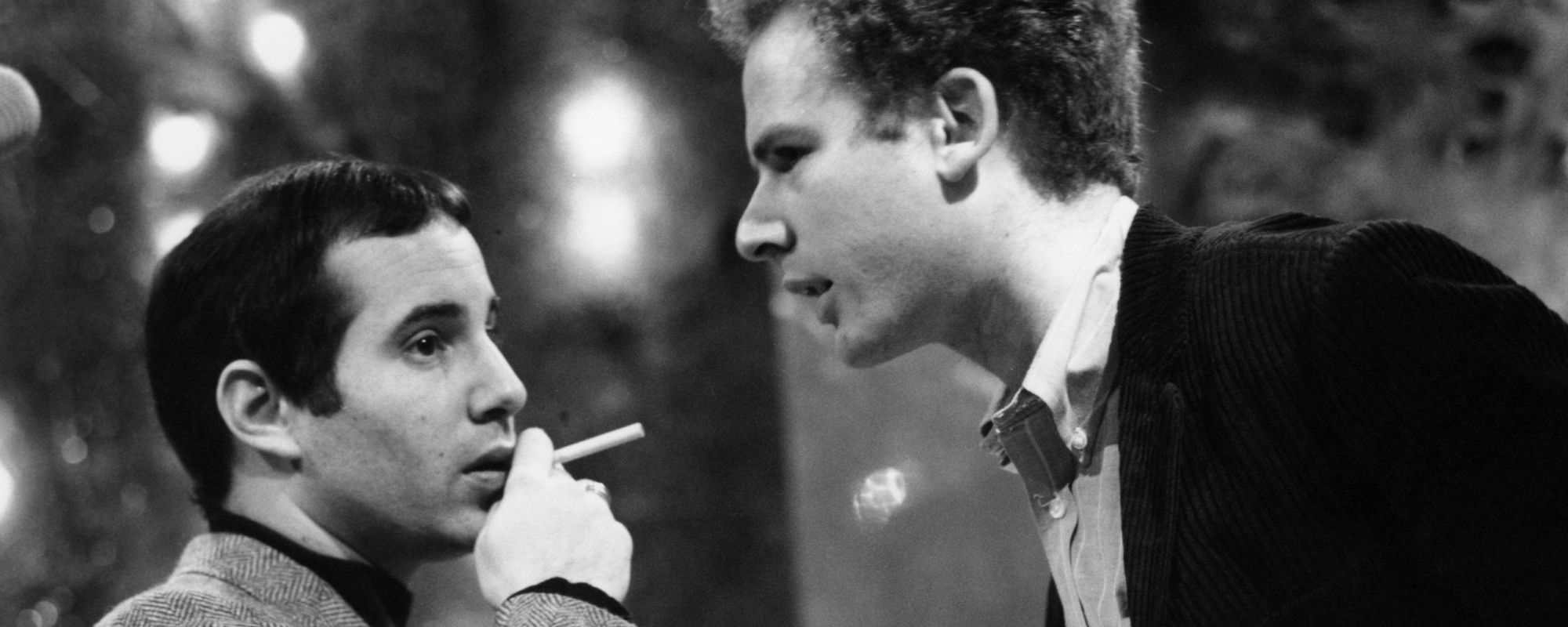

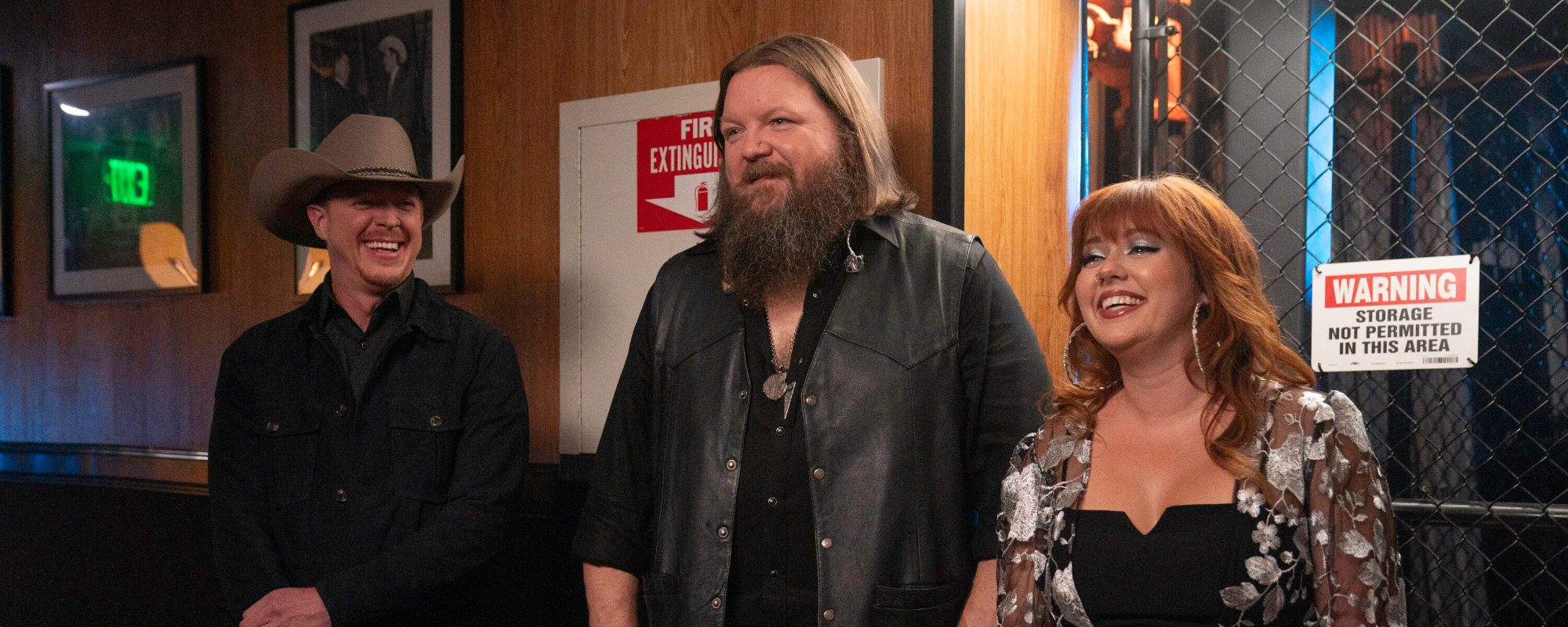
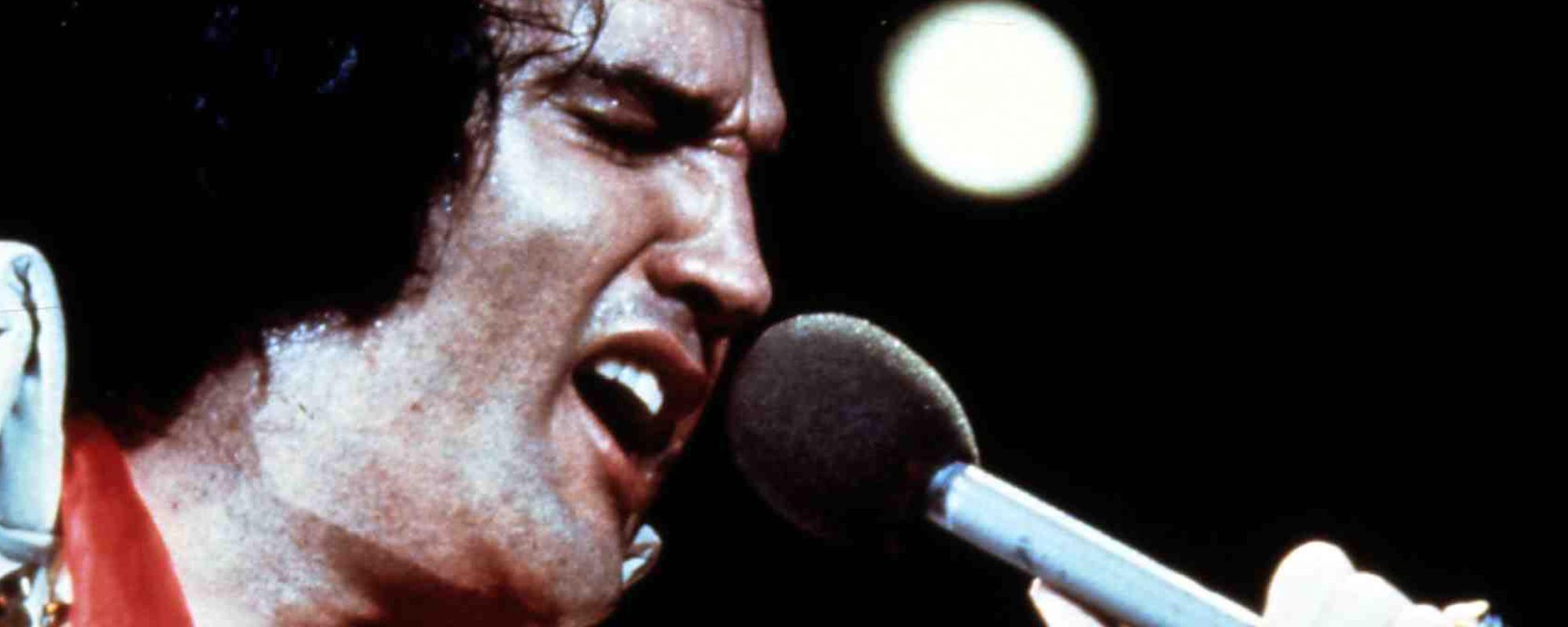
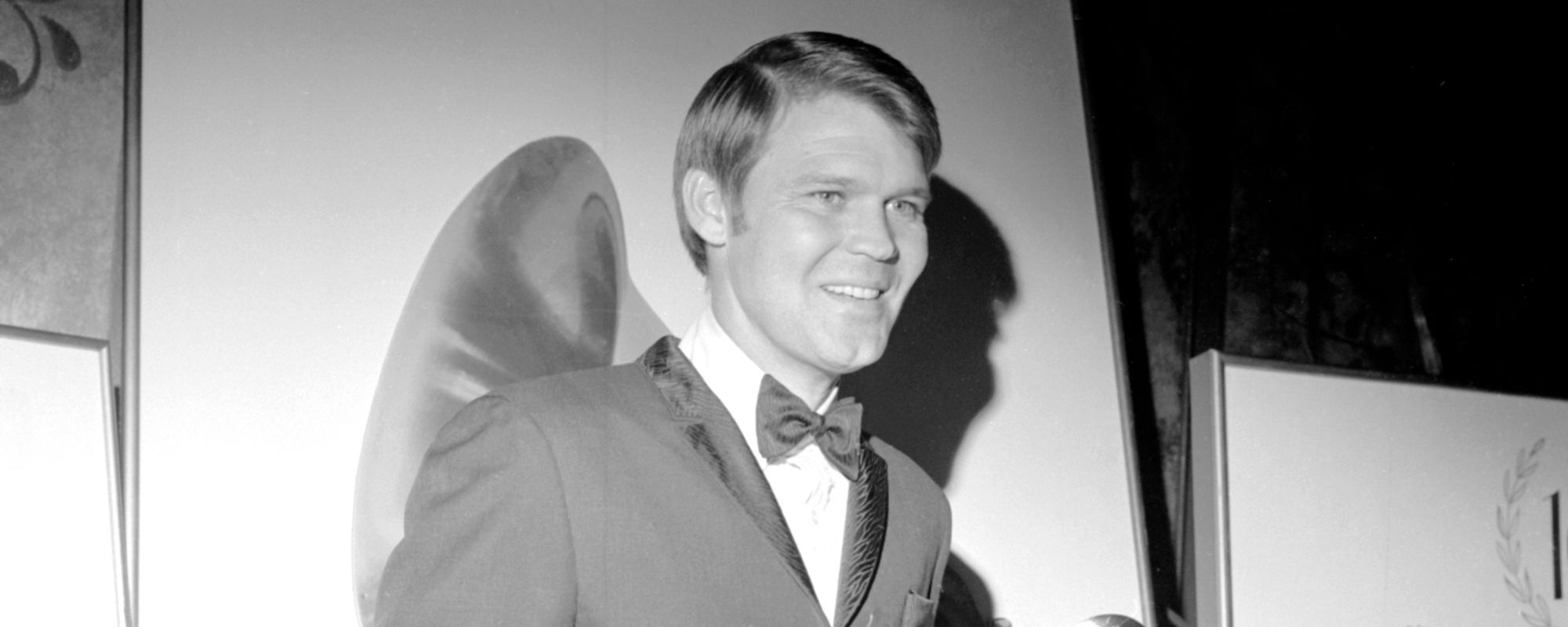
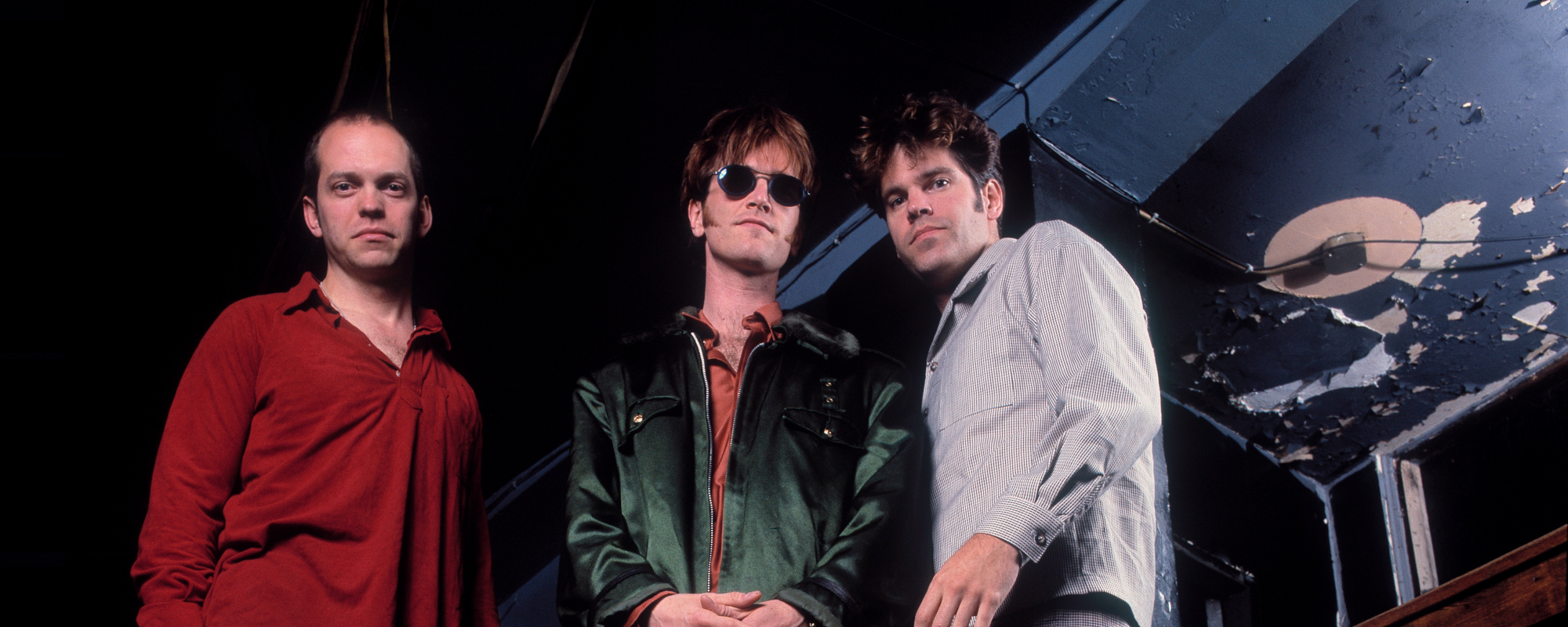
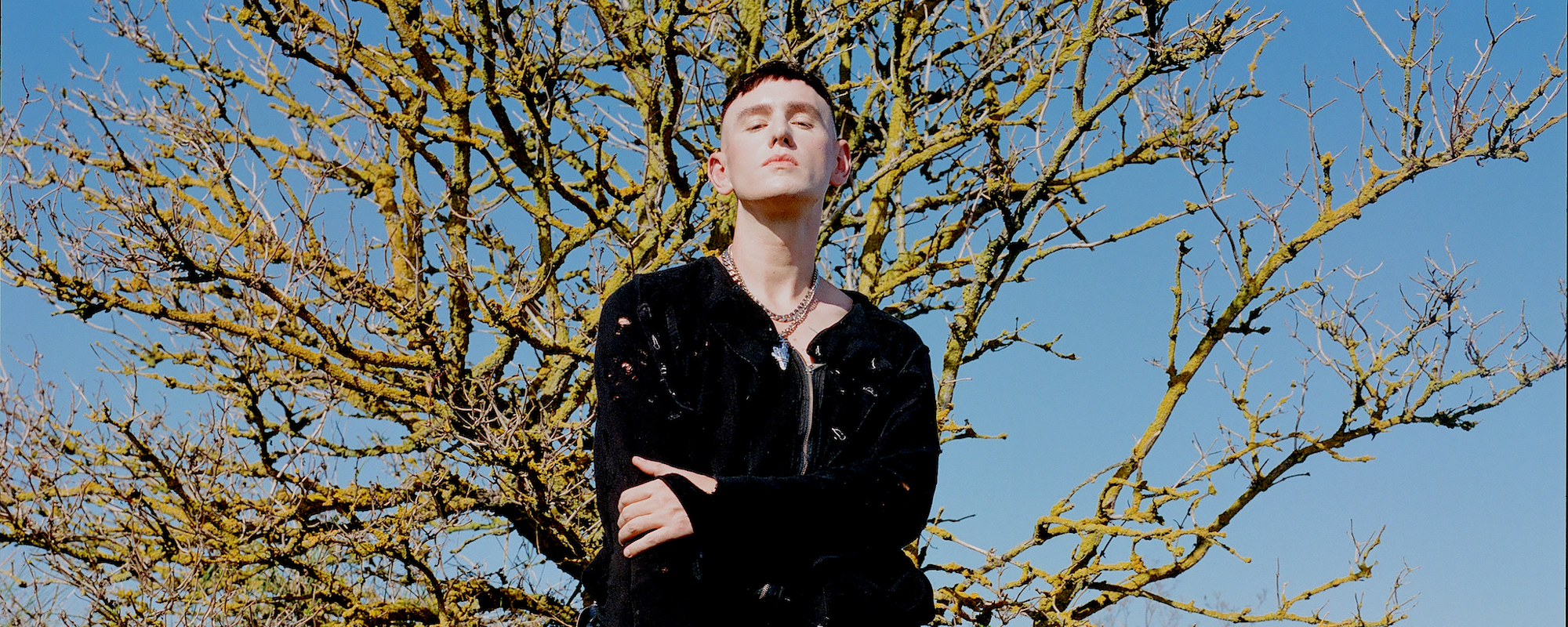
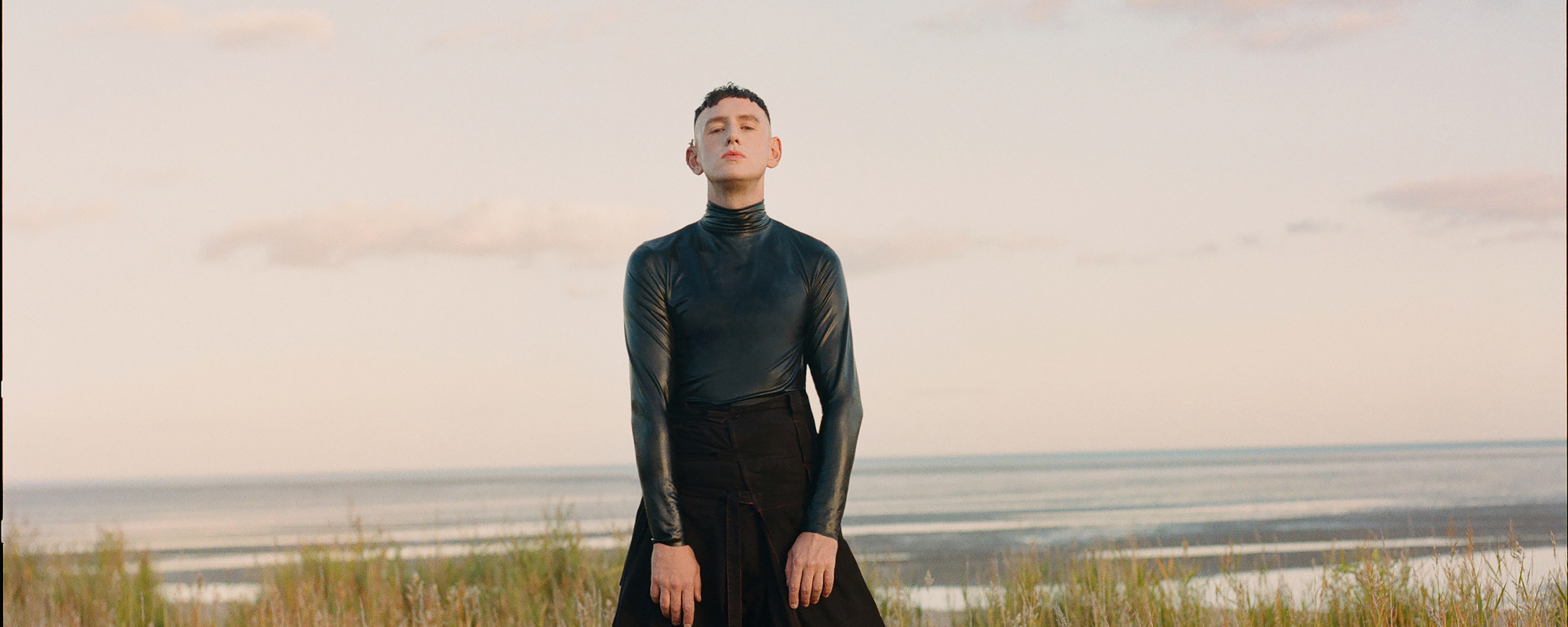
Leave a Reply
Only members can comment. Become a member. Already a member? Log in.